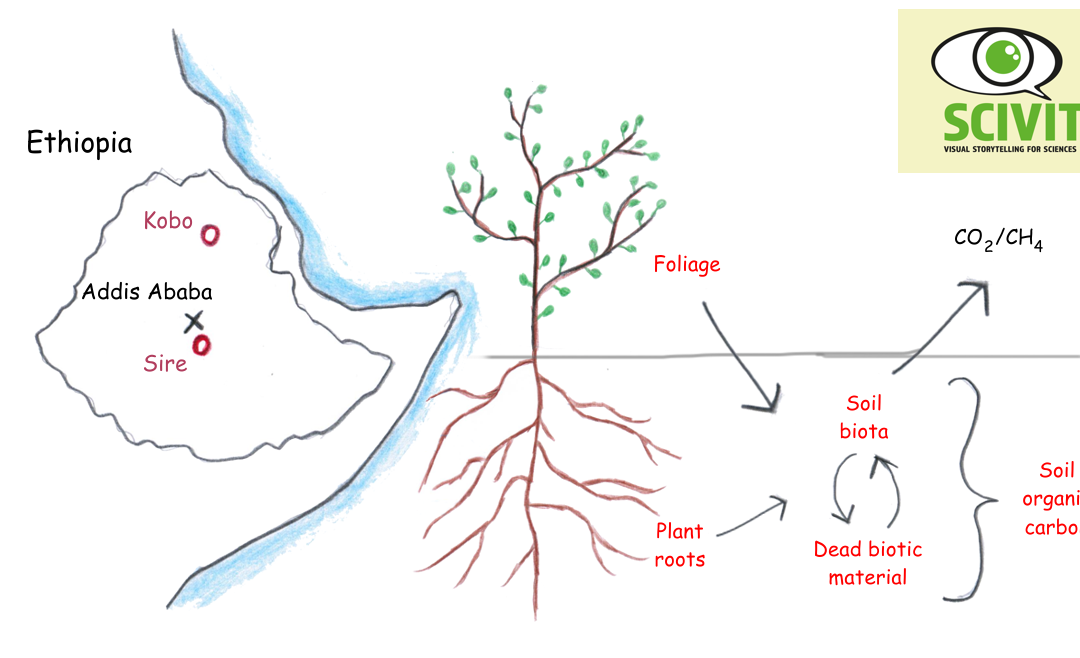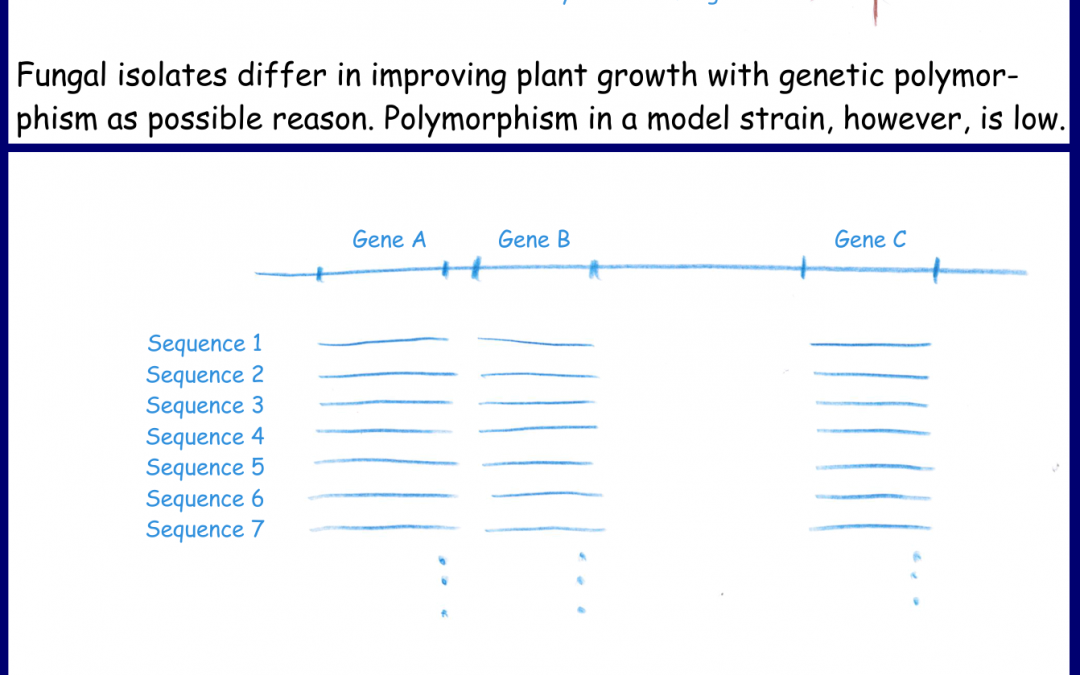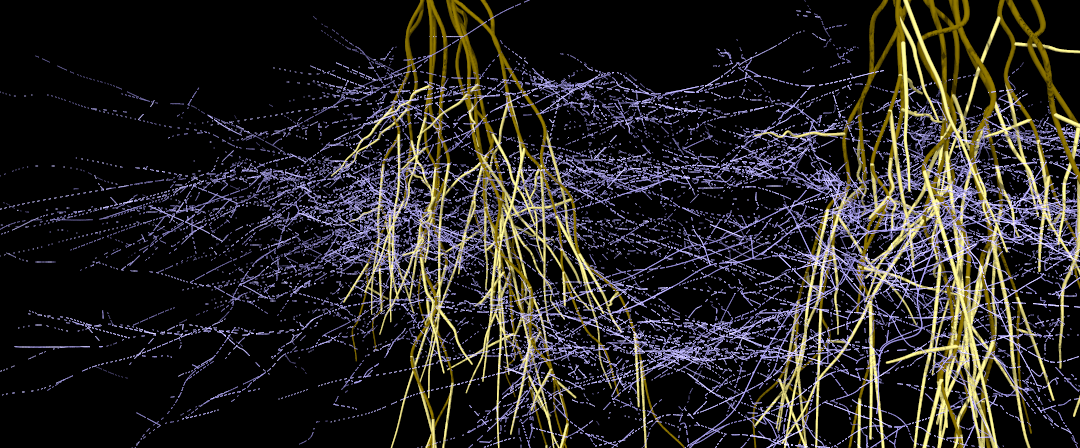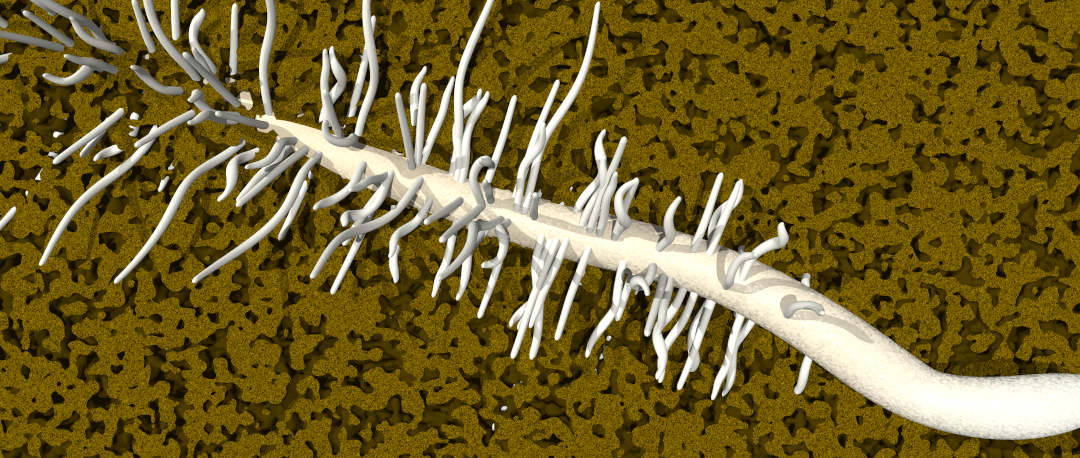
von Thomas Fester | Nov. 7, 2016 | Ecology, News, Soil Biology
How much carbon can be stored in the soil? Besides the carbon stored in the deep oceans and in fossil fuels, soil constitutes the third largest reservoir for carbon on earth. Agricultural management has resulted in the liberation of a large part of this carbon...

von Thomas Fester | Okt. 10, 2016 | Ecology, News, Soil Biology
Soil Biology Source: Wyss et al., The ISME Journal 10, 2514 – 2526 Scivit News – Visual Science More illustrations from Scivit More videos from Scivit Have a video abstract based on this cartoon (300 Euro) ← Previous News Further News...

von Thomas Fester | Juli 12, 2016 | News, Soil Biology
Many plant root systems are connected by mutualistic fungi exchanging plant carbon versus soil nutrients. What are the ecological consequences of these connections? Is it really “socialism in soil” or a “belowground sharing economy”? Studies at the university of Miami...

von Thomas Fester | Juli 5, 2016 | News, Soil Biology
It has been known for a long time that root hair are crucial for the uptake of nutrients – they multiply the root’s active surface. According to scientists at the universities Göttingen, Munich and Santa Cruz root hair are also important for the prior liberation...





Neueste Kommentare